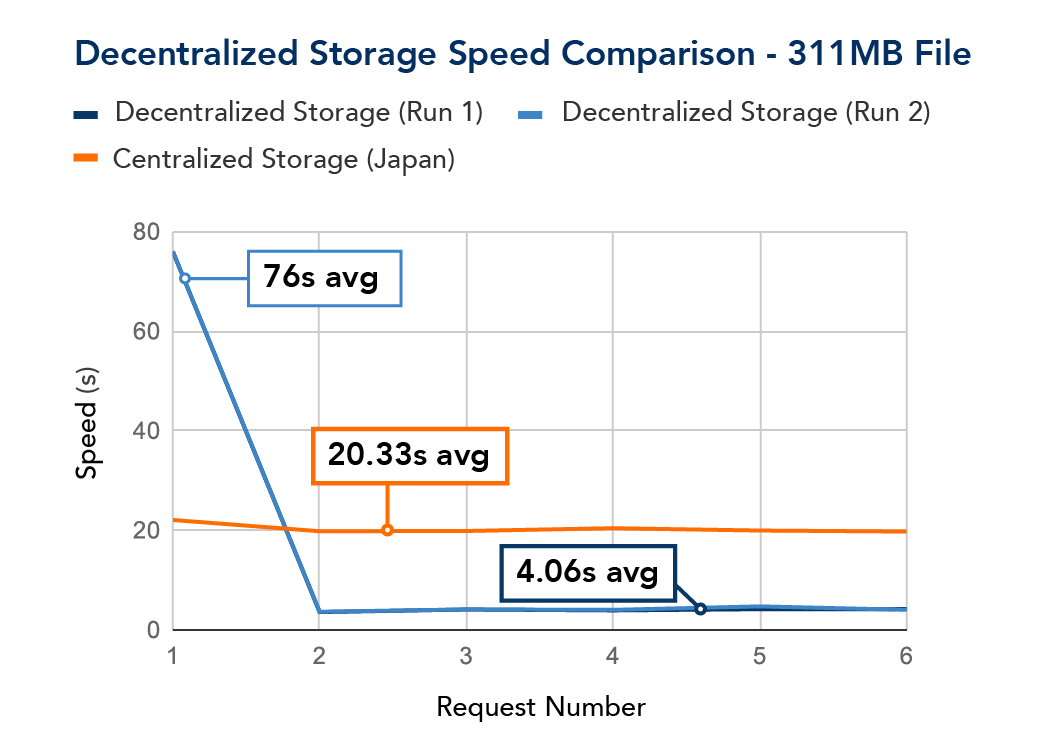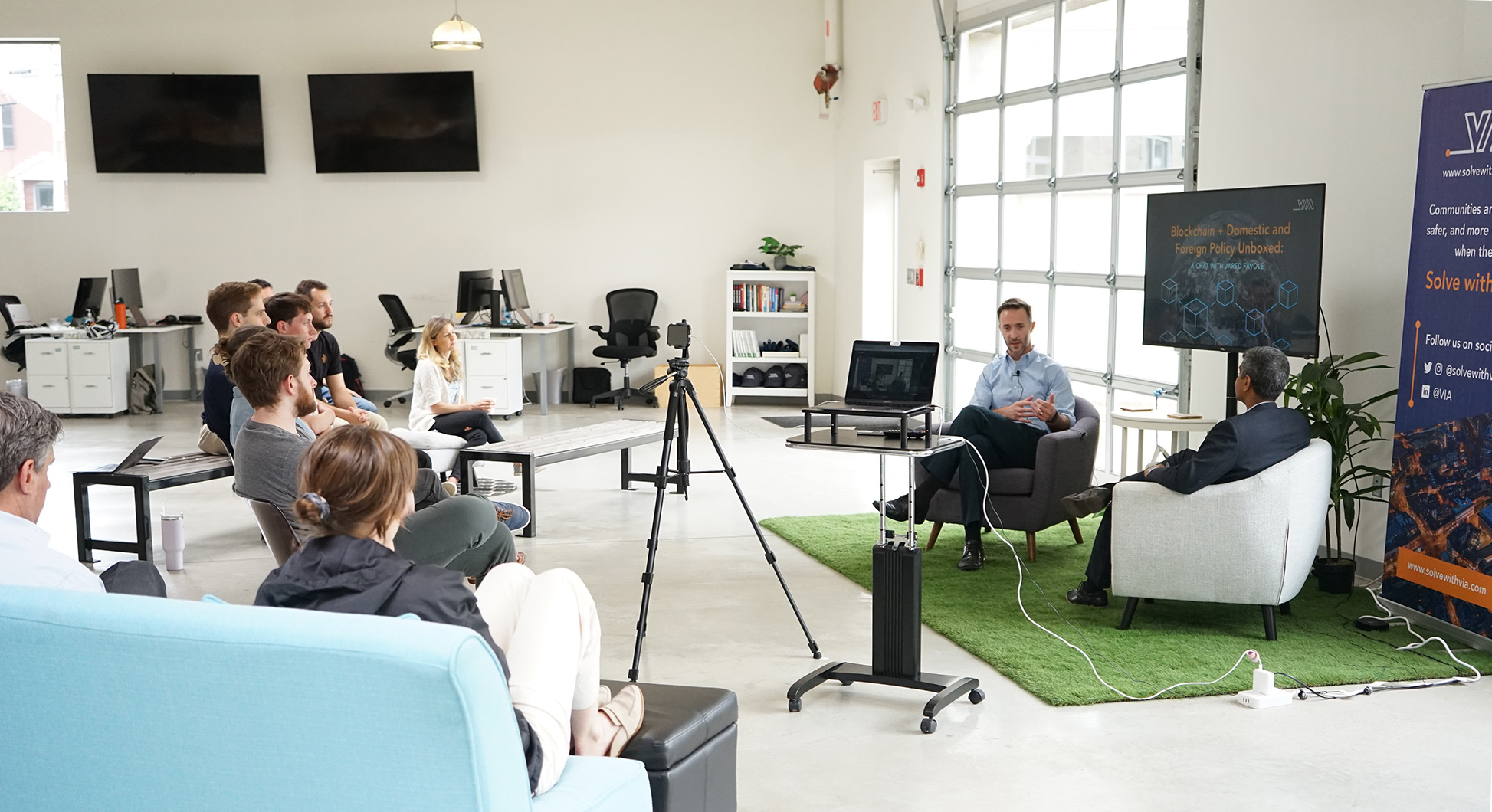Fast and Curious 7: Verified Computation using ZKPs
After the success of our Fast and Curious blog series on blockchain and ZKPs, we’ve had many questions from our customers about how we balance privacy and verification. So, watch the special, 2-minute Director’s Cut video below to learn how we accomplish this!
Below is a transcript of the video:
Welcome to a Director’s Cut, extra edition of our series on ZKPs.
We had terrific interest in our original series from last year. Today, we’re going to address one question that came up from a customer about balancing privacy and verification.
In our previous videos, we used the example of verifying things like carbon used by a vehicle. We explained how a ZKP could be used to keep the data private, like, time, date, location, and owner of the vehicle, and yet, still prove its carbon usage.
The question our customer had was: How do I know the calculation was done correctly, especially if I can’t see the data?
That’s a good question!
In most cases, verification and privacy are at odds. The traditional way that you verify something is you audit it and look at all the data, but that’s the opposite of privacy.
So, let’s take an example.
The U.S. and Europe have different ways to calculate carbon. How do I know that a company applied the right standard or any standard for that matter to compute its carbon for a specific vehicle? Well, in this case, the calculation or the math is public and our latest generation of ZKPs can be used to verify the calculations.
So, as long as the math is not a trade secret or proprietary algorithm, any third party can independently verify that the calculation is performed as promised without having to share the original data and without having to redo the whole calculation again.
This is particularly valuable when not only is the data private, but also when there’s a lot of data, like billions of rows of data, or the calculation is pretty complicated. So, you have a lot of computation power that might be needed and you don’t really want to redo the whole data set and the calculation again.
This kind of verified computation is a new feature in the latest generation of ZKPs that we’re using. And, for a lot of things like carbon and energy verification, it’s pretty useful.
Feel free to reach out to us at VIA to learn more about how we’re applying ZKPs to create a no trade-off solution for verification and privacy for big enterprises.

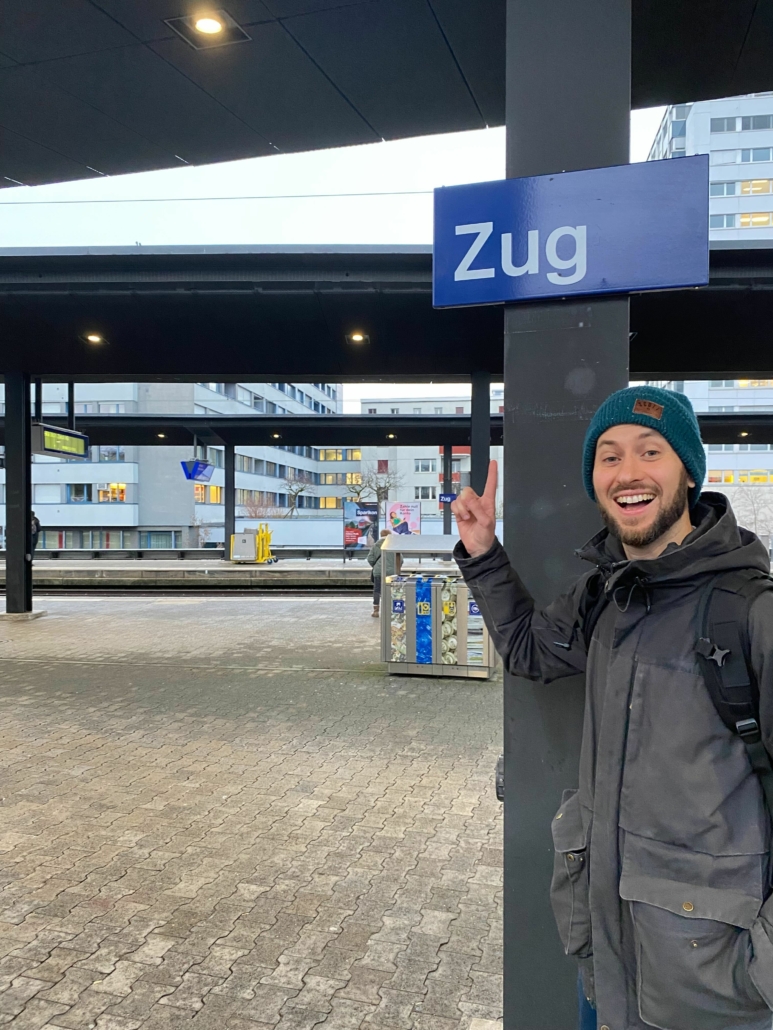

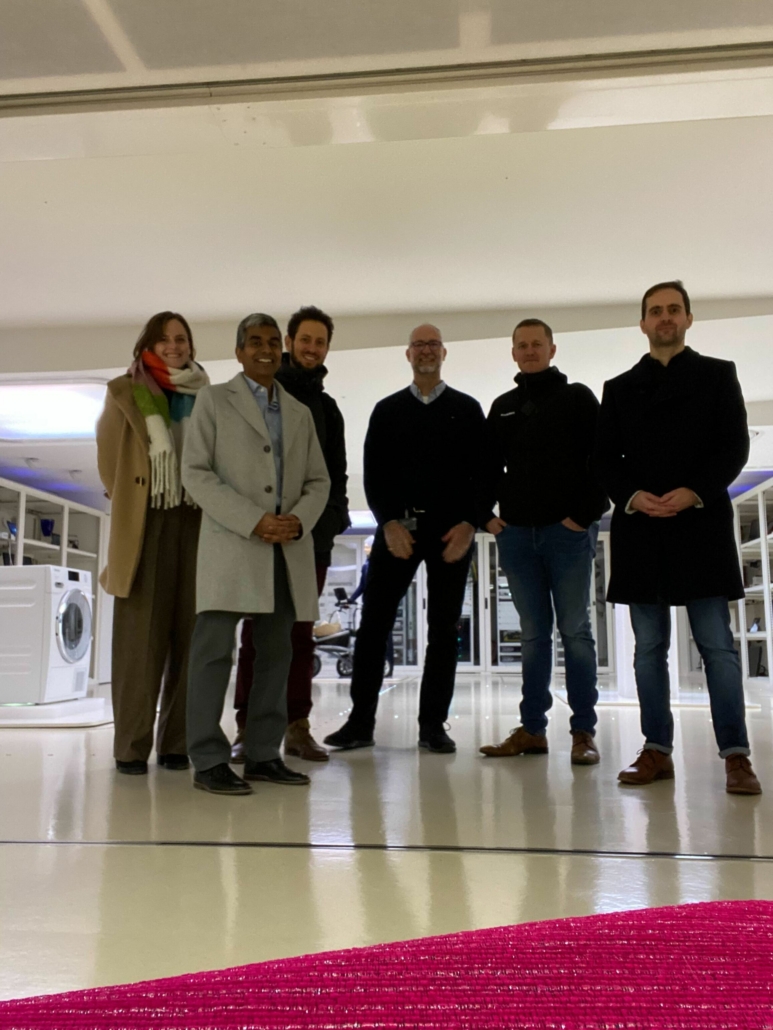




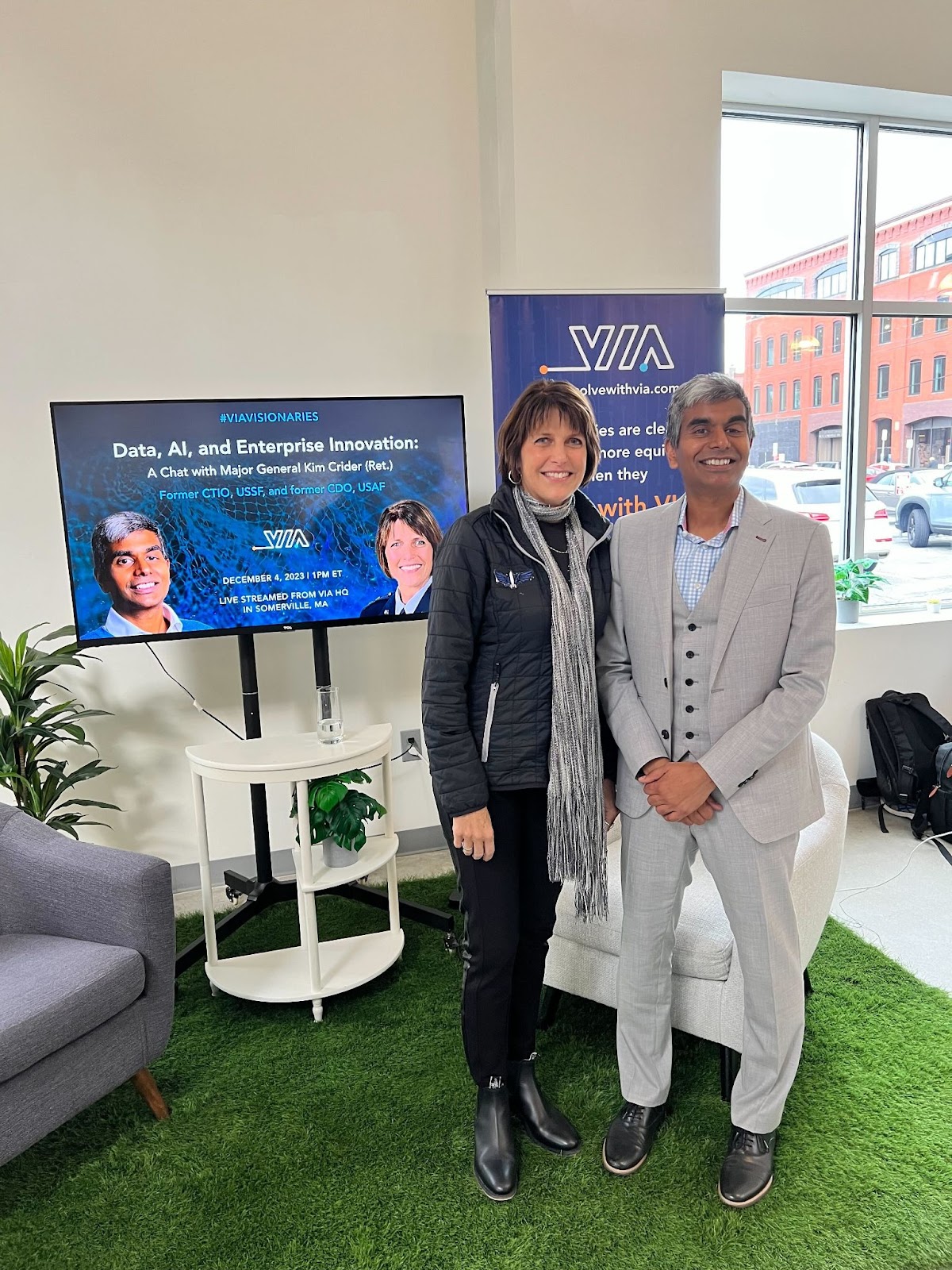 Along with other guests we’ve had on our VIA Visionaries speaker series, Maj. Gen. Crider shares a collective mission with VIA of making our communities cleaner, safer, and more equitable.
Along with other guests we’ve had on our VIA Visionaries speaker series, Maj. Gen. Crider shares a collective mission with VIA of making our communities cleaner, safer, and more equitable.